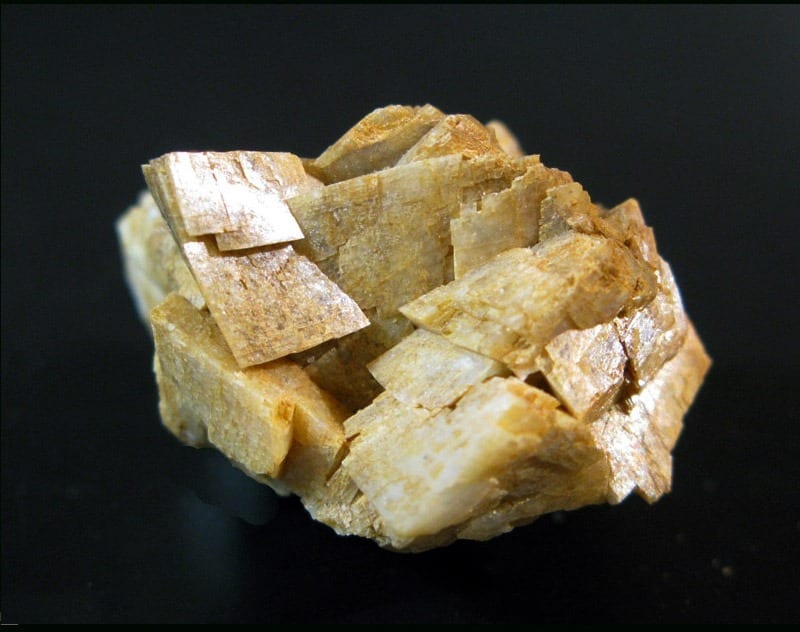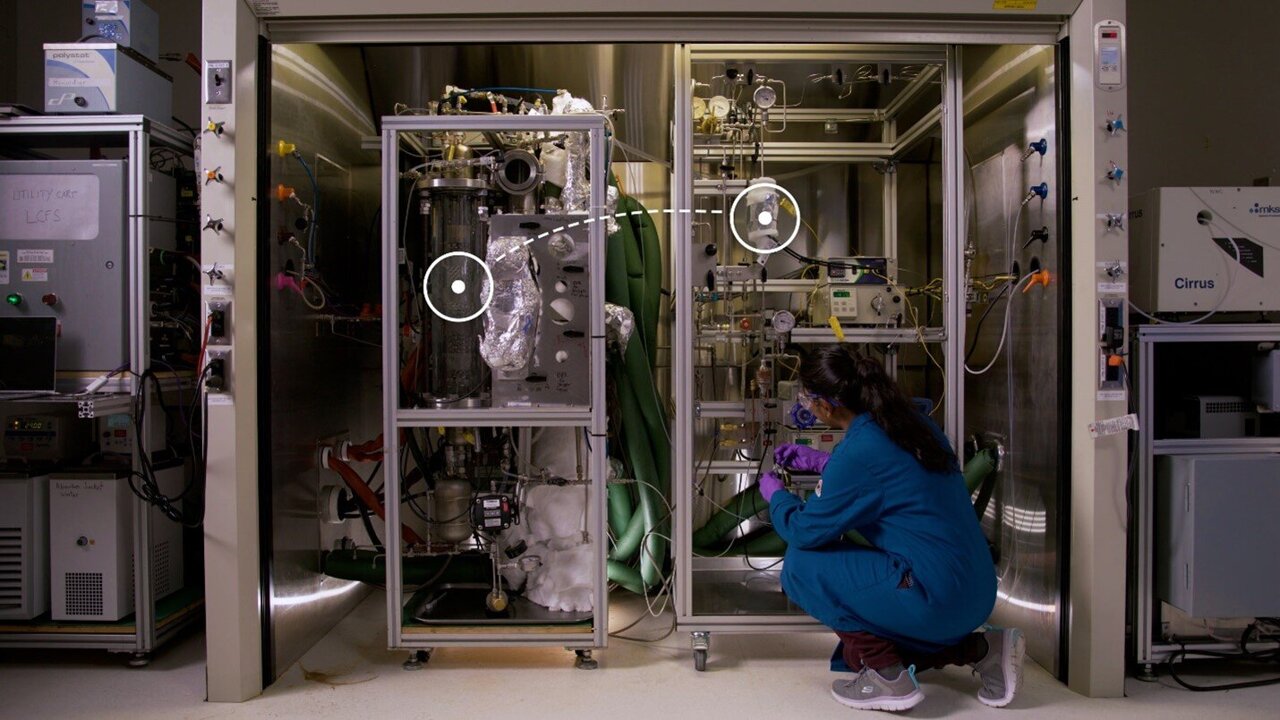
Researchers have successfully turned carbon dioxide into solid rock by injecting it into ancient lava flows
For the first time, scientists have injected carbon dioxide into ancient lava flows and watched it solidify, demonstrating that capturing carbon dioxide from the atmosphere or a power plant smokestack and safely storing it underground may be a realistic way to help reduce greenhouse gas emissions to tackle climate change, according to research published Friday.
Scientists working at the Wallula Basalt Pilot Project in Washington State turned liquefied carbon dioxide into solid rock by injecting the gas into basalt formations. Over a span of about two years, the carbon dioxide solidified into a mineral called ankerite, according to the study conducted by Pacific Northwest National Laboratory researchers. The research was published in the journal Environmental Science and Technology.
“This study further supports the idea that one of the major rock types on the planet—basalts—can be used to store carbon dioxide permanently and safely,” said study lead author Pete McGrail, a carbon dioxide and climate change researcher at PNNL.
Carbon capture and storage may be critical to helping prevent global warming from exceeding 2°C (3.6°F), either by capturing emissions from their source or by directly removing carbon dioxide from the atmosphere, according to the Intergovernmental Panel on Climate Change.
But scientists worry that storing captured carbon underground as a liquid or a gas may not be safe because stored carbon dioxide could explosively leak into the atmosphere through fissures in the earth or be exposed to terrorism risk, creating a climate catastrophe.
To solve that problem, researchers have been studying ways to store carbon dioxide underground as a solid, especially in basalt formations.
Basalt is a volcanic rock that makes up roughly 70 percent of the earth’s surface. When it is exposed to carbon dioxide and water, a chemical reaction occurs, converting the gas to a chalk-like solid material. Scientists previously thought the chemical reaction would take thousands of years to occur, but new research shows it can happen within a few years.
“Basalt storage is unique in the geologic sequestration of carbon dioxide because the principal trapping mechanism is a chemical reaction that locks the carbon dioxide away as a carbonate mineral that can never leak or return to the atmosphere,” McGrail said.
Earlier this year, researchers at the CarbFix project in Iceland were able to pump a geothermal power plant’s carbon dioxide-rich volcanic gases into deep underground but recently formed basalt formations and chemically solidify them in about two years.
Learn more: Scientists Take Another Step toward Safely Burying CO2
The Latest on: Carbon dioxide sequestration
[google_news title=”” keyword=”carbon dioxide sequestration” num_posts=”10″ blurb_length=”0″ show_thumb=”left”]
via Google News
The Latest on: Carbon dioxide sequestration
- Underground carbon dioxide storage project proposal brings promise — and concernon April 26, 2024 at 8:36 am
The project would allow industrial facilities like steel manufacturers to reduce their carbon dioxide emissions as part of the federal plan to address the climate crisis. But some landowners and ...
- EPA leans on carbon capture as it releases final power plant pollution ruleson April 25, 2024 at 2:17 pm
The U.S. Environmental Protection Agency (EPA) has announced final rules to crack down on emissions from coal-fired and new natural gas-fired power plants. The highly-anticipated announcement outlined ...
- Change proposed to compensation method for carbon capture leaseson April 25, 2024 at 10:51 am
Greater compensation for many property owners whose land is taken through eminent domain for carbon capture and sequestration projects is in a proposal at the Louisiana House of Representatives. House ...
- noco-noco Collaborates with Binex to Develop Agriculture Based, Soil Sequestered Carbon into Creditson April 24, 2024 at 8:00 am
SINGAPORE and TOKYO, April 24, 2024 (GLOBE NEWSWIRE) -- noco-noco Inc. (NASDAQ: NCNC), (“noco-noco”), signed a Memorandum of Understanding with ...
- Forests trap less carbon than before, EPA sayson April 23, 2024 at 10:35 am
The agency’s latest annual greenhouse gas inventory has mixed messages on the carbon-saving performance of forests and agricultural land.
- As Illinois weighs carbon dioxide pipeline moratorium, feds recommend technologyon April 23, 2024 at 2:10 am
As state lawmakers weigh carbon capture and sequestration regulations, federal officials are trying to woo support in Illinois.
- Court ruling clears way for carbon storage projects on state logging landson April 19, 2024 at 8:40 am
Forests on Washington’s public logging lands can be left uncut if the state finds that leaving trees standing to fight climate change is a better use than timber sales, a state judge ruled earlier thi ...
- Pipe maker sues Summit Carbon Solutions for $15M after alleged breach in purchase dealon April 18, 2024 at 6:25 pm
A subsidiary of a major pipe manufacturer is suing Summit Carbon Solutions for canceling a purchase of millions of feet of steel pipe in February.
- Illinois considers carbon storage, pipeline regulationson April 17, 2024 at 3:00 pm
New legislation filed this week with support from environmental groups would create a regulatory framework for carbon capture, pipeline and storage projects in Illinois.
via Bing News










